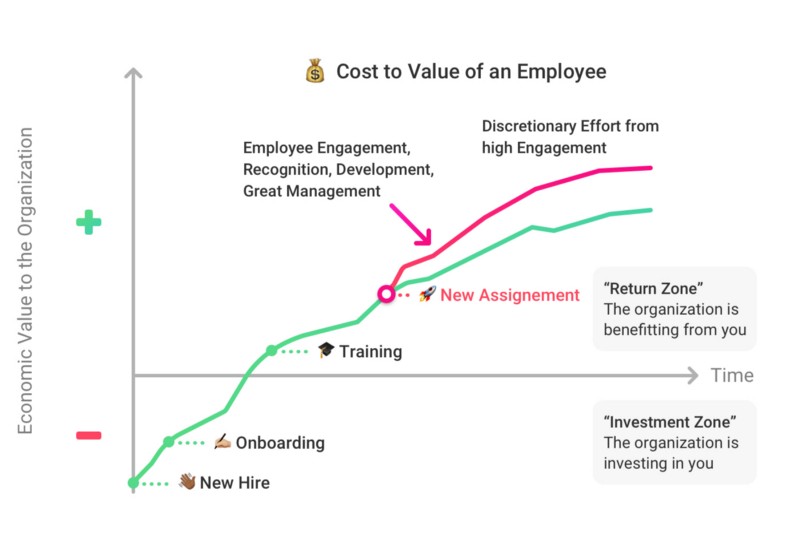It is a known fact that all municipalities, particularly small municipalities, share success and horror stories about experiences they have had with a particular consultant or professional they used. They quite literally pick up the phone and ask other municipalities “who they used”. They do this because municipalities differ from the private sector in that they are not in competition with each other so they freely share their success stories/best practices, etc.
While this works very well for municipalities, this reliance on the word- of- mouth exchange of information can often make it difficult for consultants and professionals to find that first opportunity to work with a municipality to become part of one of those “who did you use” conversations.
Here are a few hints that may help.
Don’t limit yourself to trying to just get contracts with larger municipalities – Smaller municipalities need and use consultants and professionals too because they do not always have the in-house staff with the specialized expertise required to complete all projects. And, it’s often easier to secure some work with smaller municipalities and it’s a great stepping stone for finding larger projects with larger municipalities.
Procurement By-laws – Search the websites of municipalities you would like to work with and familiarize yourself with their procurement by-law or policies to learn their rules for engaging outside experts. While municipalities all must by law, have a procurement policy, their actual purchasing processes may differ slightly (i.e. they may have established different notice periods for those not otherwise mandated, or different advertising methods, etc.) Once you know their methods you can check those sources for work postings.
Search the Minutes of the Committee of the Whole (COW) or Council Meetings – Look for any council resolutions that indicate they will be engaging an outside consultant or professional for assistance. This will give you clues as to what work they will be posting soon and possibly how it will be posted. (i.e RFP, Tender, RFQ, etc) In smaller municipalities look for wording like, “be it resolved that staff is hereby authorized to call for quotes (or advertise by public tender, etc.) for the services of a consultant to undertake ……..”
Review Staff Reports Attached to Meeting Agendas or Minutes – It will most often be the department heads or staff members who have identified a need to bring in a third party professional to assist with a particular project and they will usually write the reasons why they need an outside expert in a report to council. Of course you’ll narrow your search to only the reports from the departments you want to offer your expertise to.
Search the Municipality’s Website to find the Member of Staff responsible for Purchasing – Small municipalities typically do not have Purchasing Officers or Procurement departments and quite often this responsibility lies with the CAO, Treasurer or with Accounts Payable .
Set up an Appointment – Once you’ve determined who is responsible for purchasing, set up an appointment to meet the individual face to face to introduce your services and tell them how you can help. Do keep your meeting brief though – these folks are busy and taking too much of their time may actually work against you and leave a negative impression.
If you can’t get an appointment to introduce yourself, consider personally dropping off information at the municipality. This may help separate you and your information from the other material they receive in the mail and if they’re looking for someone with your expertise, they are more apt to remember to include you in any calls for quotes, etc. In my years as a municipal CAO, I don’t ever recall having a consultant or professional come to my office to meet me or drop off information for me. If they had of they would have stood out in my mind for sure.
Some municipalities make it a practice to include anything addressed to Mayor and Councillors, in their Council agenda packages. So, if you have a brochure or newsletter about your services this may also be a way to broaden your reach to more of the decision-makers in the municipality.
Set up your profile on muniSERV.ca – The hints above will work but as you can see, they are very time-consuming and you will only be able to concentrate on just a few municipalities at a time due the amount of research and follow up that will be necessary. However, setting up a profile on muniSERV.ca and making it as robust and professional as possible, is the quickest and most cost-effective way for you to have the opportunity for direct visibility and exposure to municipal decision-makers.
By selecting the service categories of the services you provide, you’ll be part of the searchable database – and the more municipalities search, the more opportunity there is for you to get found and build your consultancy. You can also check the RFP section of the site to see if there are any RFPs looking for the services you provide.
Finally, once you’ve been successful getting work in a municipality you need to be acutely aware of the fact that if you do a poor job, you may have just ruined your opportunity of finding work elsewhere with a municipality, because the “word- of- mouth” about your performance will have already been spread through municipal networks by then!
Susan is the Principal of muniSERV.ca – Helping Municipalities & Professionals Connect!
She can be reached at [email protected] or 855.477.5095
** Note – This information is drawn from my own experience as a former municipal CAO in Ontario and processes may be somewhat different in other provinces in Canada











